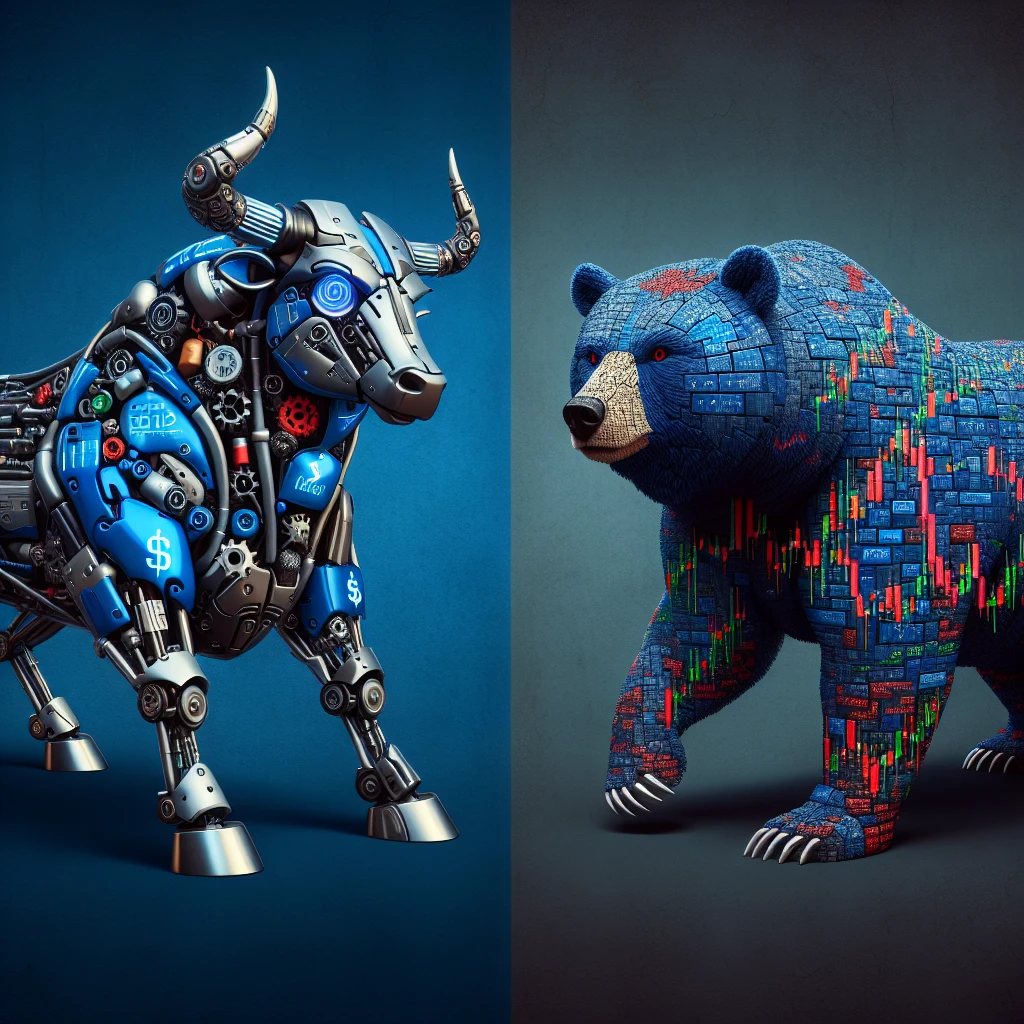Tesla, with a decline of 8.45%, has earned such high esteem that it is part of the elite “Magnificent Seven” group, which includes some of the most influential and pioneering companies the world has ever known. Despite the stock soaring 1,070% over the past ten years, it has let investors down over the last three years.
Yet, this leading electric vehicle (EV) stock likely remains on the watchlist of numerous investors. So, is Tesla a wise investment? To reach a conclusion, let’s examine both the optimistic and pessimistic perspectives on the company.
Tesla Bull Case
Tesla should be recognized for its revolutionary impact on the automotive industry. Driven by the conviction that reducing carbon emissions is essential, the company introduced widely accepted EVs to consumers worldwide, prompting significant investments in research and development from traditional automobile manufacturers.
Tesla commands an impressive 50% share of the U.S. EV market and currently offers a range of five passenger vehicles, with a more affordable model expected to launch next year.
A hallmark of a high-quality company is the presence of an economic moat or enduring competitive advantages that bolster superior financial performance. Tesla arguably meets these criteria.
Firstly, the brand holds immense value. Historically, Tesla has successfully charged premium prices for its EVs, which has led to consistent positive earnings since 2020.
Tesla’s manufacturing cost advantages have also contributed to its strong financial performance. The company can produce and sell vehicles profitably, a claim many competitors cannot make.
In Q2, automotive revenue constituted 78% of Tesla’s sales. However, optimists are hopeful that Tesla’s business will evolve over time. The company is enhancing its AI Dojo supercomputer to eventually introduce full self-driving technology, potentially leading to the launch of a robotaxi service that could significantly enhance its financial outlook.
Tesla Bear Case
Critics of Tesla often highlight the company’s slowing growth. Investors who have grown accustomed to seeing massive double-digit annual sales increases in the past have witnessed a downturn.
In the last two quarters of 2023, Tesla recorded only single-digit revenue growth. In the first quarter of this year, revenue growth turned negative before modestly recovering to just over 2% in the second quarter.
Industry leaders attribute this to weaker-than-expected demand for EVs. Higher interest rates increase the cost of financing a new vehicle, which explains why consumers are hesitant. Aside from price, concerns about driving range and the perceived lack of charging stations remain significant deterrents to purchasing an EV.
Tesla’s rise mirrored that of a hyper-growth software company. However, it now resembles a conventional automaker, unable to avoid intense competition from both domestic and international rivals. Tesla has implemented various price reductions to sustain demand for its vehicles in the current economic climate.
The decline in sales and pricing pressures have left a noticeable mark on the financial statements. Tesla’s gross and operating margins for Q2 2024 were significantly lower than the same period in 2022.
Even though the stock is trading 44% below its peak, it remains costly with a price-to-earnings ratio of 62, making it the priciest among the “Magnificent Seven” stocks, despite arguably performing the poorest in terms of fundamentals.
Tesla has excelled in growing shareholder value over the past decade. However, I find the bearish arguments more persuasive, and thus, I don’t believe it’s an opportune moment to invest in the stock.




